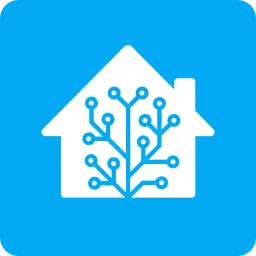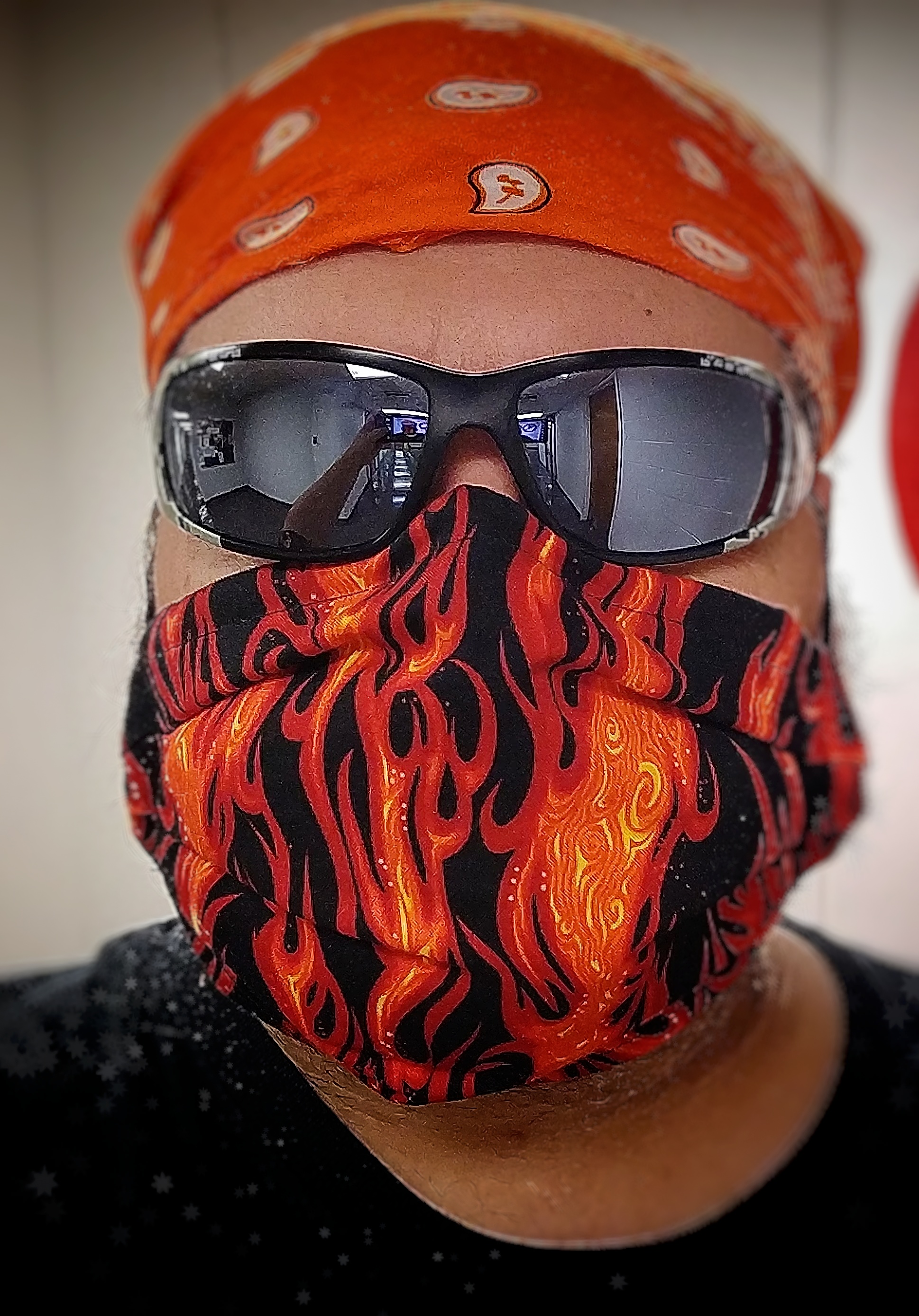I’m looking to replace a few in-wall light switches for lights that are not easily replaced with smart bulbs. I currently use Home Assistant with z2m for all my smart lights and switches, so zigbee switches would be preferred. Does anyone have recommendations for smart in-wall switches?
Can’t believe no one has mentioned Inovelli yet. Developed with the community, with OTA support in Z2M, they are absolutely fantastic and incredibly flexible!
https://inovelli.com/ blue series
I also suggest inovelli, they’re solid
I know you’re in zigbee, but I’ve tested many different wall switches and IMO Zooz Zwave switches are the best option.
They’re cheap, reliable, and most importantly don’t cause LED lights to flicker like every other brand I’ve tested. They also have replaceable paddles so you can change the color of the paddles. I purchased black paddles and used a sand blaster to make them matte like the rest of the outlets and plates around my apartment.
Inovelli is also great however those switches are overkill for most situations and very pricey.
Anyone in Australia, as an electrician, the best option is Clipsal Wiser switches, dimmers, relays etc.
Zigbee that defaults to standard push button operation when the network drops out.
If using HA you DO NOT need to purchase the hub that they say is required to use the switches.
I do in-wall relays so that I can use regular, off the shelf switches and it looks like nothing special is there. I like the idea of people not knowing it’s smart until I do something from my phone.
I can appreciate that.
But does that mean if you phone it off, the physical switch is unable to do anything? Or does the switch just get inverted?
They work like regular switches. The flip of the physical switch sends the change back to home assistant to keep everything synchronicity.
I don’t have any, though, so I’m not sure if you can set it to “up is always on”, or if it ends up being a switch, so “whichever direction just changes the on/off state”
I apologize for the confusion.
It makes it so that the direction of the switch doesn’t matter. Flipping the switch toggles to the off or on state that it’s not currently in. I like to think of it as a three-way switch that you may already have in your house where up doesn’t necessarily mean ‘on’ because there are two switches involved. The relay in the wall is the other switch. So if you have the light on in home assistant but you flip the switch, it’ll turn the light off whether it was up or down. I hope I made more sense.
If my wifi goes out my switches function as normal too.
what relays do you recommend?
I love my Shelly relays. I don’t use the stock firmware though. I have them overwritten with ESPhome.
I have heard that you can have full local control with them now and that it’s not really necessary to do a custom firmware. I just like having a configuration file that tells me exactly everything that it can do. That and I have a script running that updates all my ESPhome devices automatically.
@lambda @homeassistant
Is there something affordable with Thread?I wish, thread just isn’t there yet. I currently use Wi-Fi for most of my smart home stuff. I have a really good Wi-Fi setup though and it could support a lot of devices. I have been slowly moving to zigbee though.
I’ve been happy with the GE Enbrighten series, though they do require a neutral wire. I use the Z-Wave models, but I can’t imagine the ZigBee models would work any differently.
Neat feature of the Enbrighten line is they recognize several gestures including short tap, long press, double tap, and I think even triple tap. I configured mine so that short taps on/off toggle the lights between off and 100% on, long press on/off brightens/dims, and double tap on activates the preferred evening lighting scene.
I think Minoston are also a GE product line? Again, Z-Wave, but rated for higher wattage in my case. They also require a neutral wire.
I had a pair of no-neutral ZigBee switches sold as ‘Martin Jerry’ brand, but they were super dodgy. Terrible feel to them, and they made a sort of electrical whine when the fixture was on. I pulled them right out and sent them back.
The Enbrighten Z-Wave switches have been awesome for me for several years now. The only thing I’d recommend is that you get the UltraPro brand. Jasco makes both brands, and they are identical, except that GE usually charges more. https://byjasco.com/ultrapro-z-wave-in-wall-smart-switch-quickfit-and-simplewire-2-pack-white
I was looking at the Enbrighten switches, the zigbee ones are on Amazon but they only list them the z-wave ones the Enbrighten website. Maybe the zigbee ones were discontinued? Seems like the industry is moving toward z-wave, maybe I should get a z-wave adapter as well.
Been using enbrighten switches from Jasco. I use their Zwave but I think they have ZigBee too.
I use the ones that look like toggle switches over the paddle style to match the rest of the house .
I have them on all our bathroom fans too so they can be left on (steam / smell disposal) and auto shut off after 30 min.
I’m think about putting them on bathroom fans as well. It would be really nice to have them automatically turn on/off based on humidity.
I had a humidity switch in ours a while ago (not smart) and it would turn on too much even if a shower wasn’t running but our windows were open. And, enough humidity was in the air. So that didn’t work out great.
It was a self contained deal not a smart switch though
Another vote for the zooz zwave switches. I think I have 6 of them so far and plan to put in more.
I like zooz 5 button scene controllers. They are z-wave.
I also like kasa’s switches. They are wifi, but being on mains powered I’m not concerned with wifi draining batteries and I have them in a vlan with minimal access.
Doesn’t Kasa phone home to China?
They have an app and they do connect up to it. But they can be put on a vlan and null routed to only work locally.
How do WiFi switches do when you have a lot? Is it an issue to put in 50 WiFi switches, wouldn’t that overload the network?
I currently have 54 things connected to WiFi in my house. Only 10 of those are connected to 5 Ghz. The rest only support 2.4.
With one good access point it would probably work no problem. I have 3 access points due to the layout of my house.
Use channels 1, 6, and/or 11. Those are the only channels that don’t overlap with other channels. If you live in a dense area, 2.4 gets tricky. 5 is easier, because more channels.
Interestingly. I was a bit worried about adding dozens of new WiFi devices but it sounds like it’s not an issue so I will consider the WiFi switches after all.
Actually now that I think about it, without more than 1 access point, everything will all be on the same channel. I have 3 different channels due to having 3 different access points, all set to individual channels. This reduces conflicts (more than one device trying to use the same channel at the same time, a weakness of wifi).
As of right now, my “busiest” access point has 23 devices connected to it on 2.4 GHz. The AP is reporting that channel being 23% utilized. Still, I wouldn’t want anywhere near 100% utilization. Things would certainly slow down as it gets higher.
Newer versions of WiFi reduce this problem, but smart devices use whatever is cheap and effective. 2.4 GHz travels better through walls and has better range compared to 5 GHz, but 5 GHz is faster and has more available channels.
Oh I didn’t thing about access points. With something like ZigBee, the switches add to the network range. But for WiFi, each switch will need to be in range of an access point. We have pretty decent coverage but the benefit of using ZigBee is other devices can take advantage of the extended network.
Others have talked about Zwave, I’m not sure which camp they sit in.
I have a bunch of z-wave, too. Z-wave and Zigbee, I think, only broadcast when needed. That’s why they’re much more battery friendly. If they’re plugged in, they do more listening and re-broadcasting to do what you’re talking about.
Wifi has, relatively, a ton more traffic. DHCP renewals, keep-alive messages, and basically always listening all the time to see if something is looking for it. That being said, these smart switches use very little data overall. Unifi shows them using about 700 bits per second, which is 0.0007 Mbps.
They don’t have a lot of traffic. I have over 40 kasa devices between switches, outlets, and bulbs with no issues.
I was under the impression that WiFi could only handle so many devices connected. 20 years ago if you got more than 10 or 20 some would start getting kicked off. Maybe that was my short router. Is that never an issue with modern routers? Even adding hundreds?
You could have shitty routers. I use unifi access points, make sure I set the channels so I don’t have a lot of interference with any nearby wireless networks, and I should be able to handle a few hundred devices at once. You could also have a small DHCP scope that limits the number of devices on the whole network.
Sweet, I was a bit wary of WiFi switches but maybe I’ll consider them after all
If you dont have a neutral wire i have a few of these that are working quite well.
I have these sonoff modules in some spots too.





